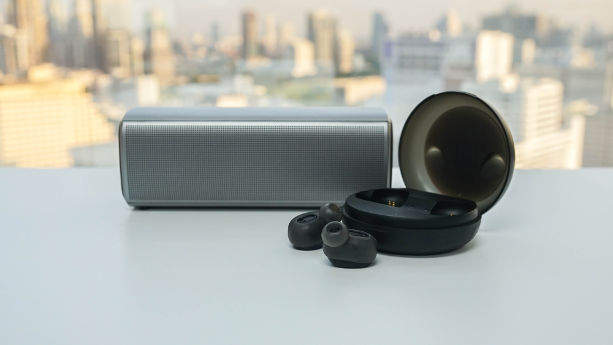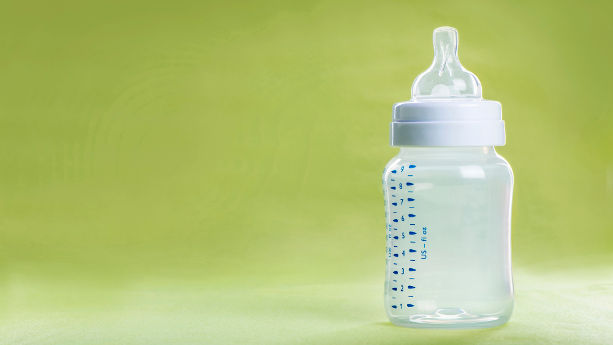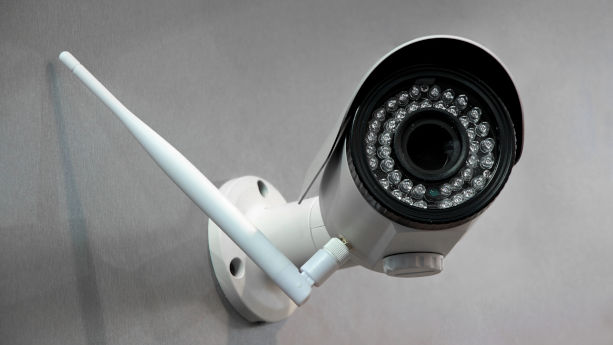An unintentional radiator is defined by the FCC as a device that uses electrical radio frequency signals within the product or sends these signals to associated equipment via connecting wiring.
For instance, a wired mouse would fall under the previous description. This is in contrast to wireless devices, which are generally considered to be intentional radiators.
Both unintentional and intentional radiators are regulated under 47 CFR Part 15, even though the requirements are different.
This guide covers the requirements of 47 CFR Part 15 for unintentional radiators, including product scope, exemptions, authorization procedure, labeling, documentation, and testing.
Continue reading FCC Unintentional Radiators: A Practical Guide























